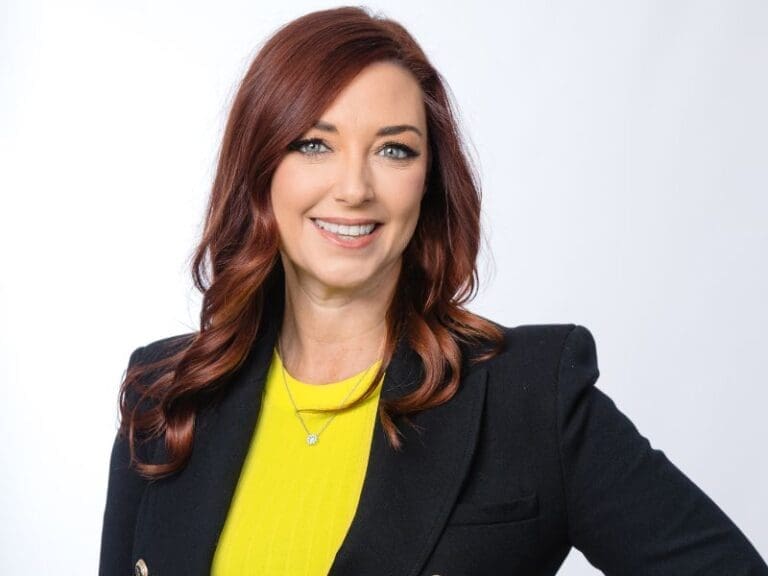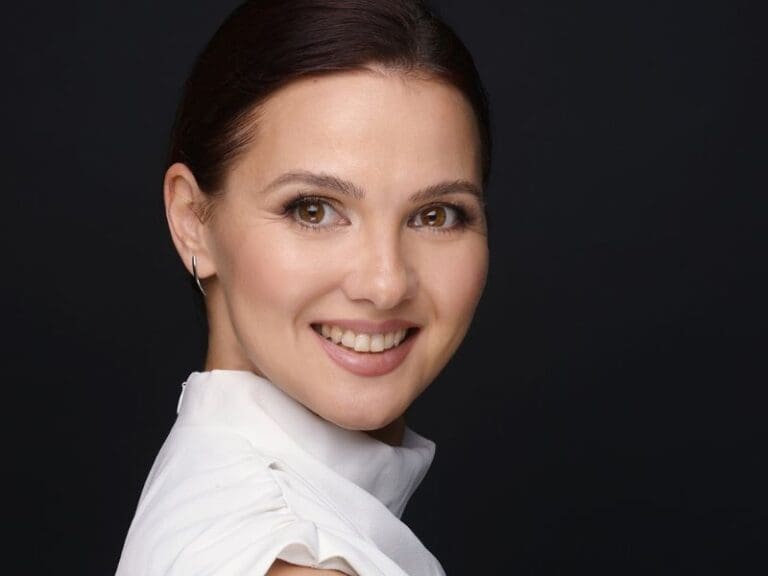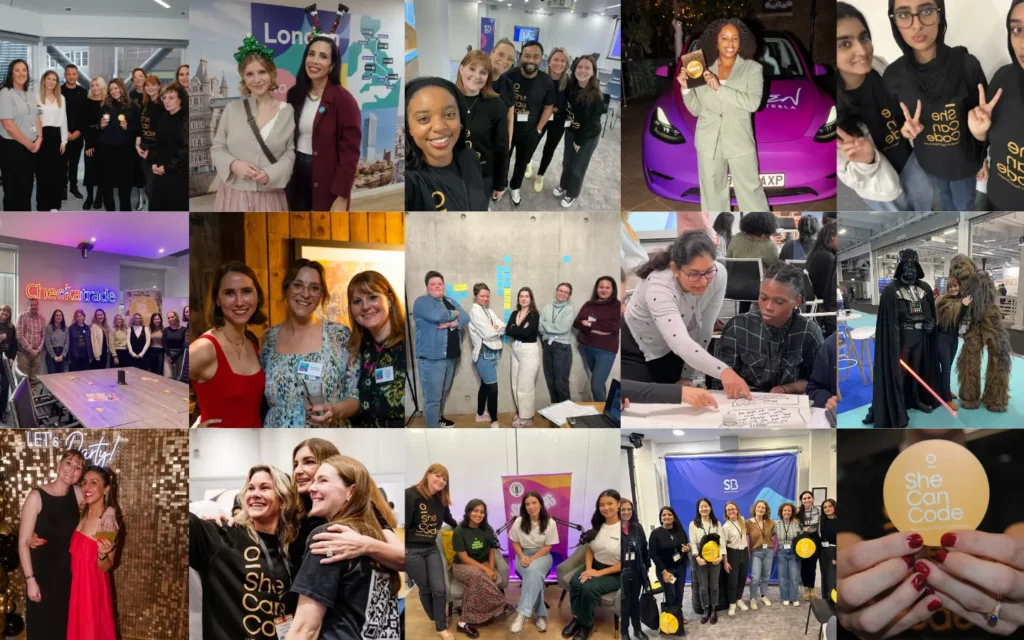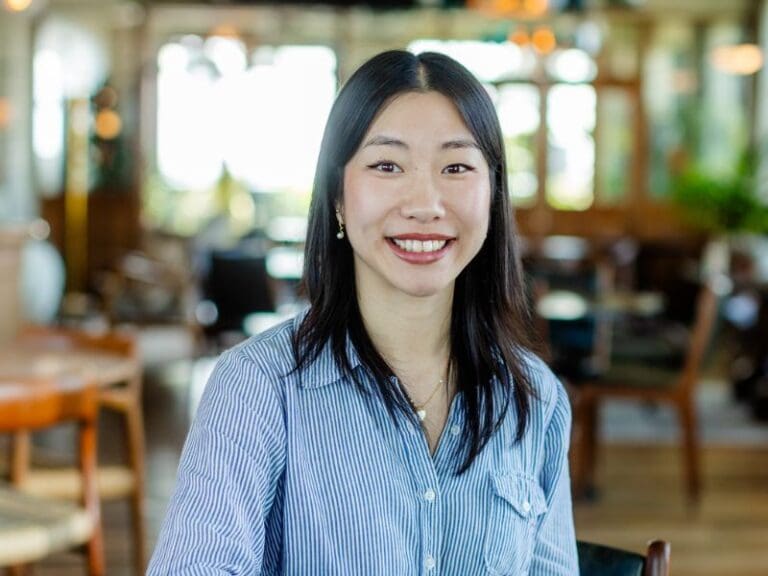As the US Head of Cryptography and Field CTO for Arqit, a global cybersecurity company, Roberta Faux works at the forefront of cybersecurity innovation.
With extensive cryptographic experience and expertise in cybersecurity, Roberta helps organizations modernize cryptographic systems for hyper-scalability of infrastructure in often dynamic network architectures. For over two decades, she has led efforts in deep tech and next-generation technologies including quantum-safe encryption and has served as a principal investigator in post-quantum security, private AI, homomorphic encryption, and reverse engineering. Her early career started out in signals intelligence and cryptanalysis, working for the National Security Agency/Department of Defense creating sophisticated mathematical and computational techniques to provide analytic solutions for cyber-related problems, often in a high-risk high-payoff environment. She holds a master’s degree from the University of Colorado, with post-graduate education at the MIT Sloan School of Management.
What led you to your current role at Arqit and what first sparked your interest in this field?
My career as crypto-mathematician began at the NSA where I spent years honing expertise in secure algorithm design, high-assurance systems, and cryptanalysis at national scale. Driven by a passion to bring cutting-edge cryptography into agile, real-world applications, I transitioned to a series of startup environments where I was able to help shape next-generation security infrastructures.
In a field weighed down by complexity, Arqit stood out for solving deeply technical challenges with simplicity, clarity and practicality. That kind of design discipline is rare – and incredibly powerful when applied at the infrastructure level. Just as compelling was the calibre of Arqit’s team. Arqit has built a culture where world-class minds collaborate around a shared vision: that cryptography is foundational. For someone who’s spent their career at the intersection of cryptographic rigor and real-world deployment, joining Arqit felt like a natural and energizing next step.
Post-quantum cryptography is often seen as a highly technical topic. How do you explain its real-world importance to those outside the field?
Digital security is the bedrock of modern society from global banking and supply chains to medical records, elections, and IP development. Digital security, including the internet, doesn’t run on trust – it runs on encryption – mathematics that keep our data private and our systems secure. The advances in quantum computing are now on the cusp of threatening to break those very systems and expose sensitive information. Post-quantum cryptography is quantum-safe meaning that it can preserve the long-term protection in an era of accelerating computing. A new generation of encryption philosophy has emerged to secure data even in the face of powerful quantum machines.
What excites you most about the next five years in cybersecurity, and where do you see the biggest opportunity for innovation?
The next five years will be a period of significant transformation in cybersecurity. As AI becomes a real-time decision-making partner in securing complex systems, it will redefine the speed of cyber responses. Cyber security has the opportunity to move to a proactive, rather than reactive, approach. The innovation frontier is wide open for those who can blend machine intelligence with human strategy that can be integrated into our current landscape. For instance, Zero Trust, the principle of “never trust, always verify,” will fundamentally start to rearchitect how trust is established in digital environments. This is a long-overdue transformation for cybersecurity that can radically secure critical infrastructure, supply chains, healthcare, and smart cities.
Working in tech often means navigating change, complexity and pressure. What traits or mindset have helped you stay focused and motivated over the years?
Technology without purpose is just noise. What has kept me focused and motivated over the years isn’t the allure of the latest toolset or even the thrill of solving complex technical problems – it’s the conviction that our work protects privacy, secures critical infrastructure, and expands access and equity. We’re not just writing code or building systems; we’re solving problems that matter to people, to nations, and to the resilience of global society. When the pressure builds – as it always does – it’s that deeper purpose that provides clarity. It transforms frustration into meaning, makes complexity worth unravelling, and turns every challenge into part of a much larger, worthwhile journey.
Did you have a role model in tech or business who shaped how you lead or approach challenges?
One of my most influential mentors had a deceptively simple but powerful rule: “one idea per day.” It wasn’t about brilliance or volume – it was about building the discipline of creativity. Whether it was a new way to streamline a process, rethink an assumption, or reframe a customer challenge, everyone was expected to contribute to the forward motion, daily. Consistency beats intensity: sustainable innovation isn’t driven by sudden breakthroughs, but rather by fostering a culture where curiosity, iteration, and even failure allows solutions to emerge. That principle has stayed with me. I still hold myself to that daily creative standard. Over time, it has provided not just answers – but momentum, confidence, and trust across my team – this, in turn, can bring massive impact.
You’ve built your career in an area where women are still underrepresented. What helped you grow into a senior leadership role?
Hard work is always necessary to be successful. In addition, I was never intimidated into silence and learned to be fluent in both technical complexity and organisational dynamics. Women in tech often carry a dual role: excelling in their core work while managing subtle (and not-so-subtle) doubts about their authority. By developing intellectual rigour and emotional fluency in tandem, I didn’t just solve hard problems, I also learned how to navigate power structures, handle difficult conversations with poise, and stay focused in rooms where I was the only one like me. Grit got me through the hard problems. Grace helped me lead people through them. That combination became my differentiator and ultimately, my leadership signature.
What’s one misconception people often have about working in cybersecurity or cryptography?
One misconception is that cybersecurity is a single, monolithic field. It’s a constantly shifting ecosystem of interconnected disciplines, each evolving in real time. People might imagine cybersecurity as either technical enforcement like firewalls, passwords, patches, or as a discrete engineering role. In truth, it’s more like a system that touches every layer, from legal frameworks and international policy to behavioural psychology, systems engineering, game theory, and deeply specialised mathematics. A modern security professional might spend a few hours reverse-engineering malware, then the next hours assessing supply chain risks, and later advising a boardroom on how to handle disclosure of a breach under GDPR. The challenge – and the beauty – of this field is that it refuses to stand still. Threats evolve, attackers adapt, and the tools that secure today’s infrastructure might be obsolete tomorrow. Success in this domain isn’t about mastering a single discipline – it’s about cultivating a mindset of lifelong learning, strategic flexibility, and creative problem-solving.
What are you most proud of in your career so far?
Even more than the wonderful moments when I solved a very hard problem, what stands out most in my career are the people I’ve mentored along the way. There’s a deep and lasting satisfaction in witnessing younger colleagues grow – not just in technical skill, but in confidence, ethical clarity, and intellectual independence. It’s been a privilege to support their evolution as they move from learners to leaders: designing protocols, publishing papers that push the field forward, contributing to standards, and asking the kinds of hard questions that elevate the entire discipline. The passing on of a mindset of rigour, integrity, and humility has given me the greatest pride from my career so far. Our legacy isn’t only in what we build, but in who we help build.
What role do you think confidence plays in progressing in a technical career, especially for women?
Confidence is paramount for all of us. It is a force multiplier for impact and innovation especially within a technical career. For anyone navigating an environment where they might be a minority, confidence fuels the willingness to take calculated risks, challenge the status quo, and propose novel solutions. Tech often grapples with extremely complex and persistent problems. Confidence ignites the determination to keep pushing forward over extended periods and delve into areas where answers aren’t readily available. Confidence is about believing in oneself, and it is also about the courage to translate that belief into the actions, communications, and resilience needed to innovate.
What advice would you give to women feeling unsure about where they fit in the tech industry?
Tech is not one industry, and it doesn’t have one path. If you’re unsure where you fit, start by finding the problems that excite you – the ones that keep you curious even after hours, that make you want to learn more, that feel worth solving. The rest will follow. The industry has more subcultures and specialties than most people realize: from cryptography and AI to UX, data sovereignty, and systems resilience. The most powerful career moves often come not from knowing exactly where you belong – but from being bold enough to explore where your interests lead. Those who thrive here are those who can navigate ambiguity, learn across silos, and translate complexity into clarity for others. Let your curiosity define your fit and unlock possibilities.








